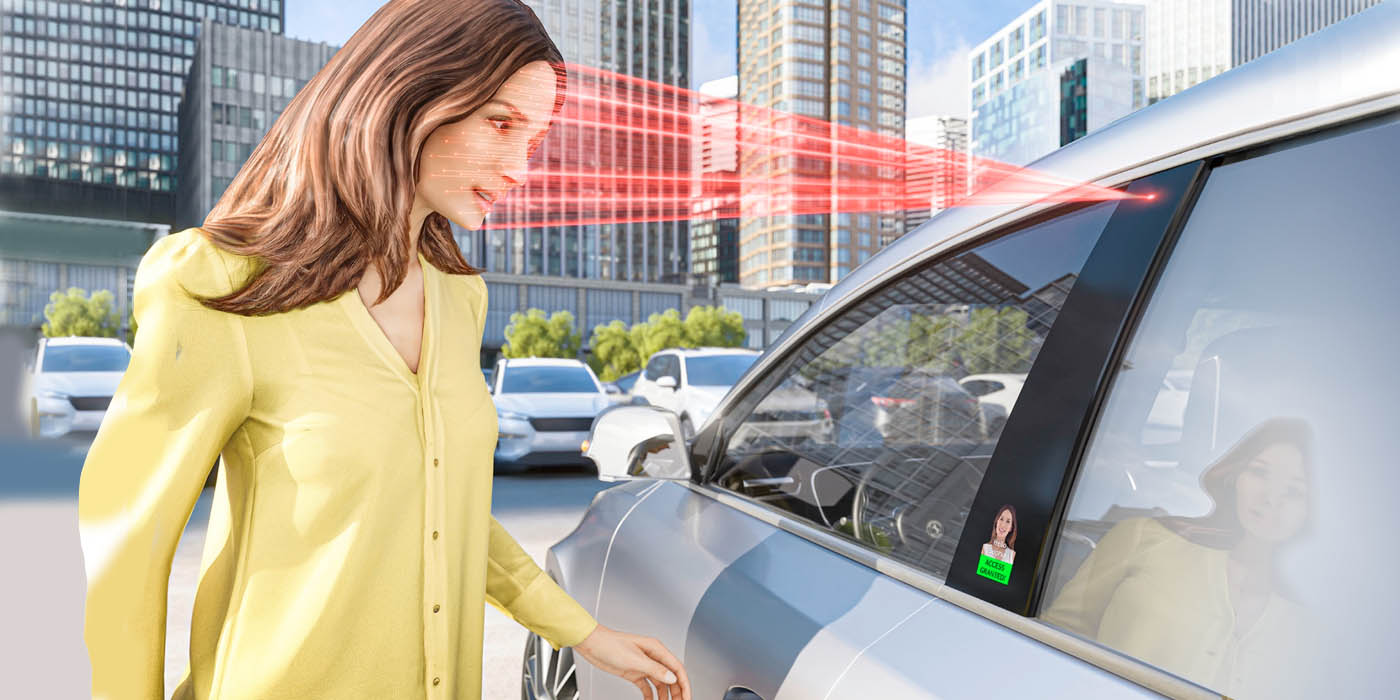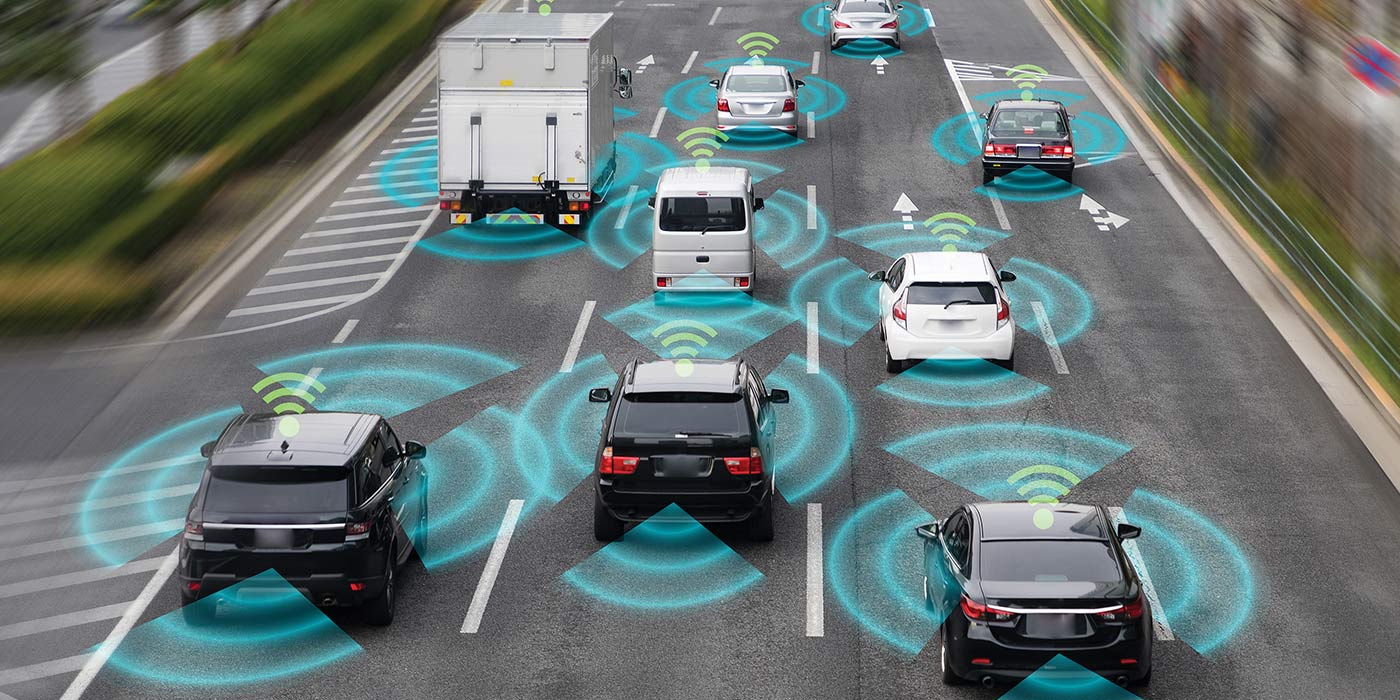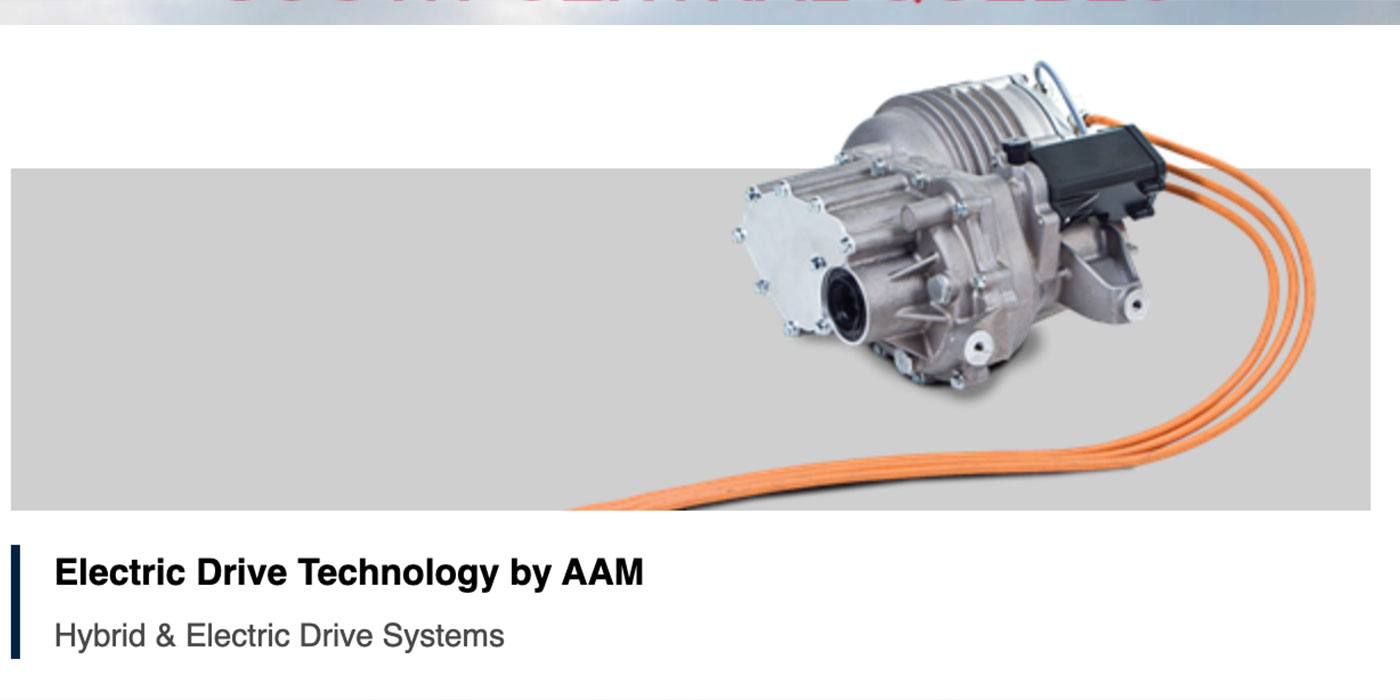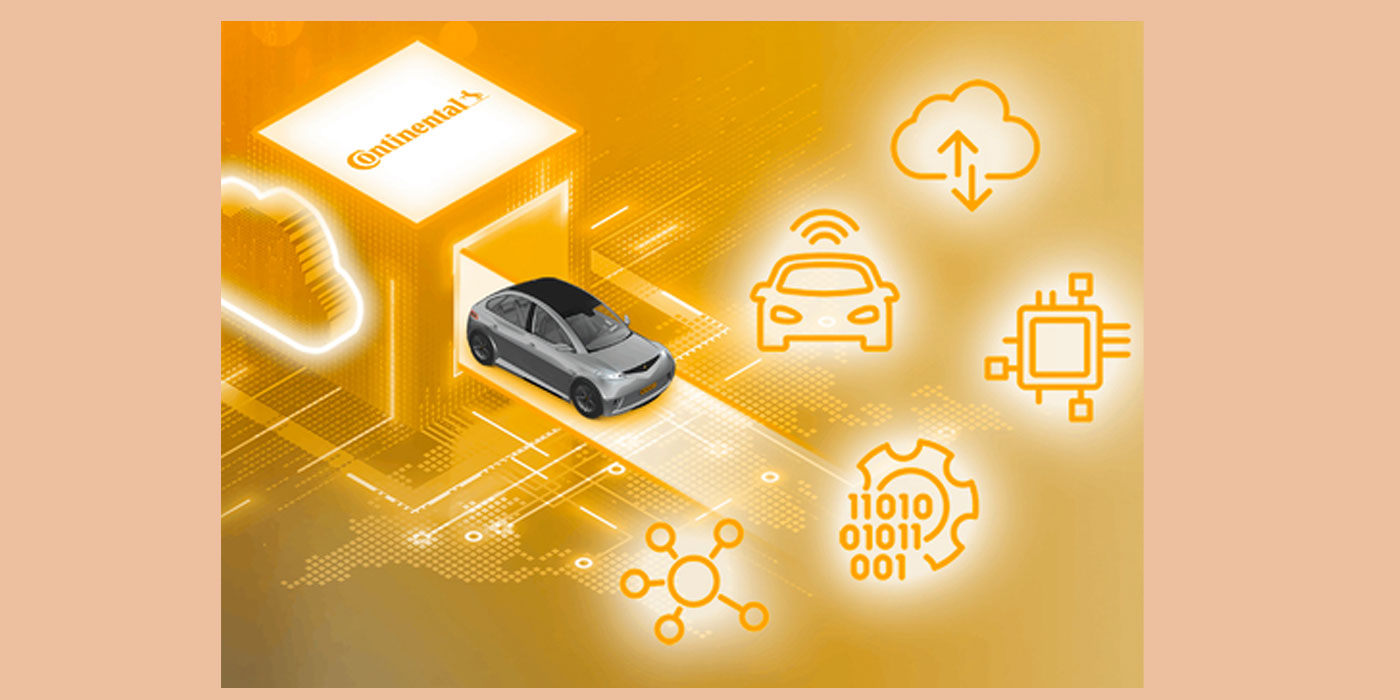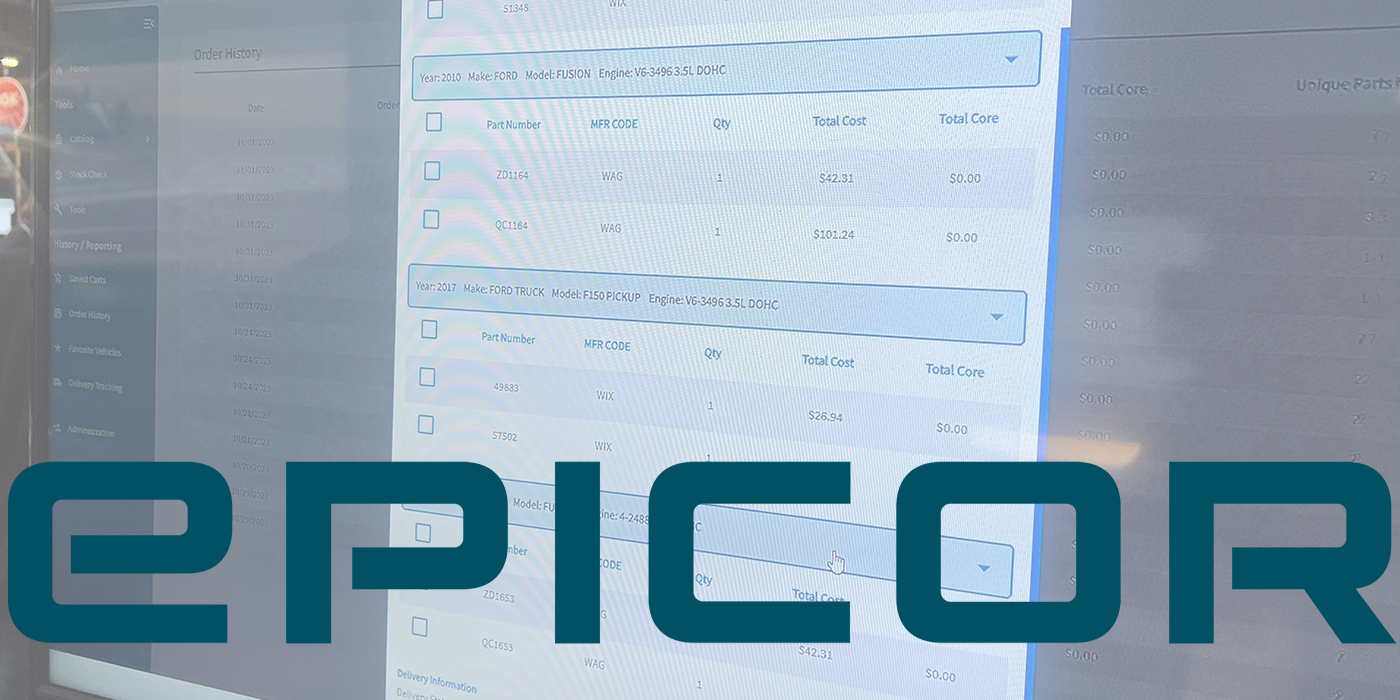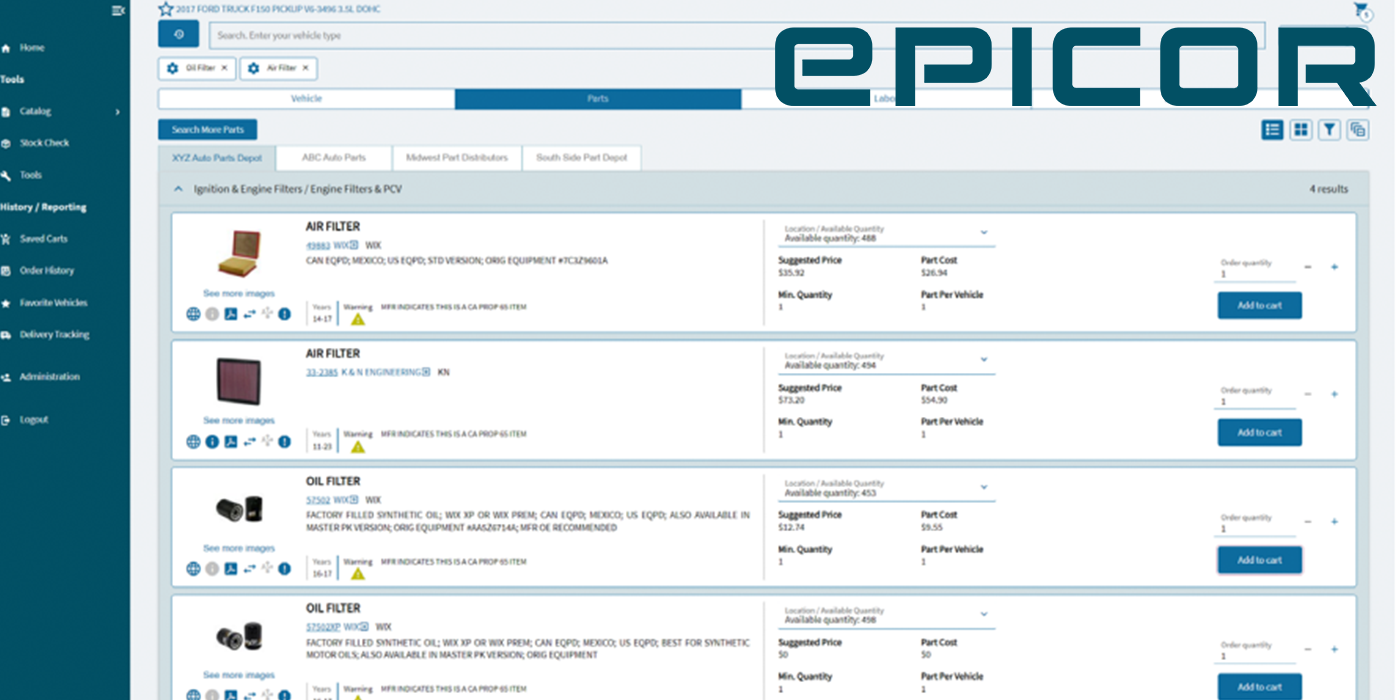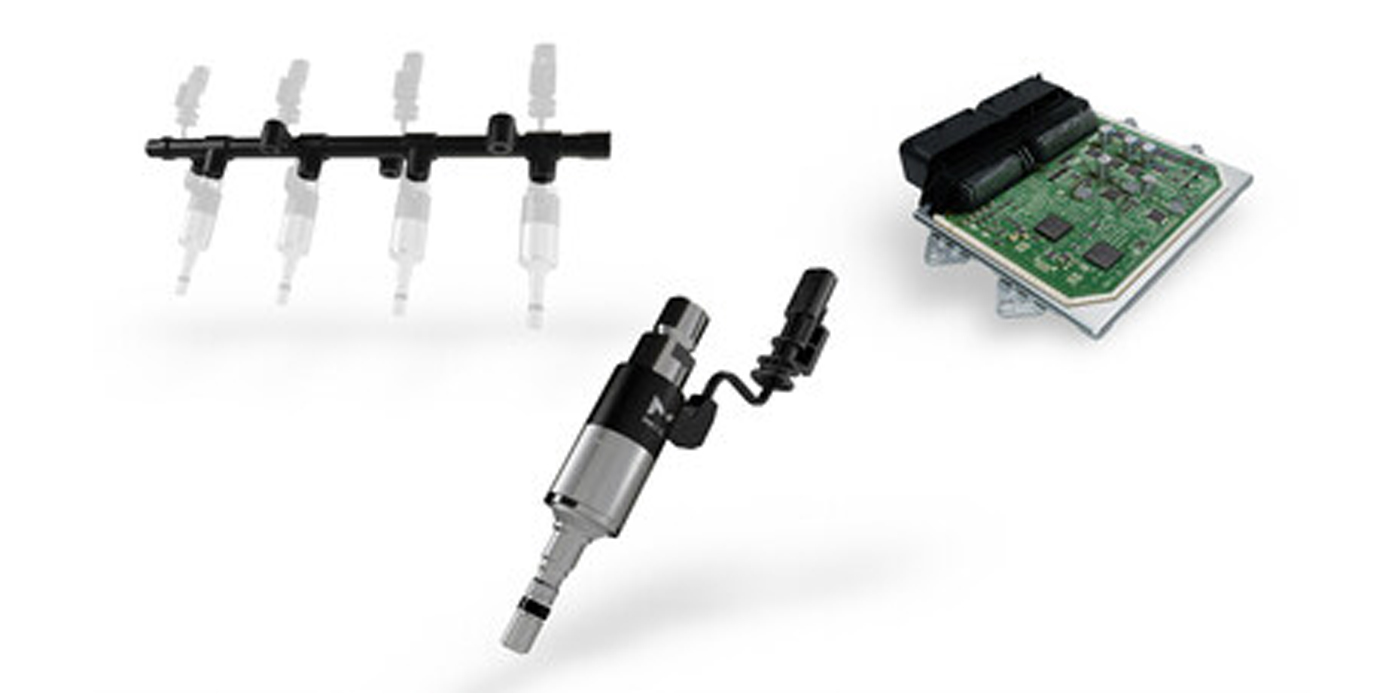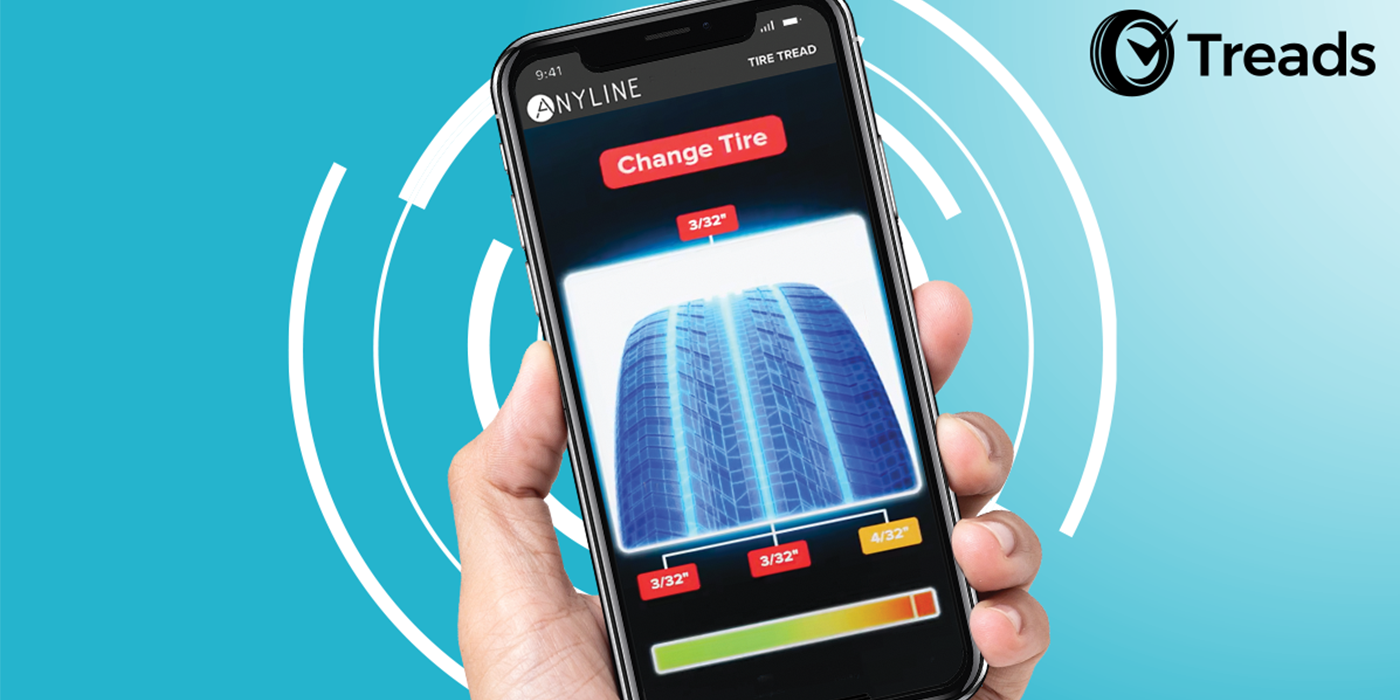 The Consumer Technology Association (CTA) has announced self-driving vehicle terminology designed to enable a common lexicon among the technology industry and better explain to consumers the terms and concepts of this rapidly innovating sector.
The Consumer Technology Association (CTA) has announced self-driving vehicle terminology designed to enable a common lexicon among the technology industry and better explain to consumers the terms and concepts of this rapidly innovating sector.
The definitions were developed and approved by CTA’s recently-formed Self-Driving Vehicles Working Group – chaired by Daimler North America and Waymo, and comprised of 34 companies – which also supports driverless vehicle consumer research and policy advocacy.
“From developments in advanced driver-assist systems to new mobility models, we are together leading a revolution in the transportation sector,” said Jessica Nigro, manager, Outreach and Innovation Policy at Daimler and chair of CTA’s Self-Driving Working Group. “A common lexicon will increase understanding among policymakers, consumers and other stakeholders and encourage sound policies to bring automated driving technology to market.”
Among the terms and concepts addressed within the self-driving vehicle terminology:
- Advanced Driver Assistance Systems (ADAS) or “Driver-Assist” Features: Onboard systems developed to improve safety and performance – examples include lane departure warnings, collision avoidance, adaptive cruise control and automatic braking
- Aftermarket Technology: Technology services or upgrades provided by companies – unaffiliated with the vehicle manufacturer – added after a vehicle is sold or leased
- Driving Environment Sensing: The capturing, processing and analysis of sensor data (e.g., cameras, radar, LIDAR) to enhance or replace what a human driver senses
- MaaS (Mobility as a Service): The shift from personal ownership of transportation modes to shared transportation systems and services
- Platooning: Synchronous operation of multiple vehicles, often in a convoy, to increase road capacity and efficiency
- Self-Driving Vehicle: A vehicle capable of fully modeling its environment through an array of sensors, maps and other data in order to navigate and drive without human interaction
- Urban Mobility: The ability for people in urban and suburban areas to access all modes and forms of transportation.
According to CTA research conducted last year, the vast majority of U.S. consumers (three in four) are excited about the many benefits self-driving vehicles can offer, and almost two-thirds want to swap their current cars for completely self-driving vehicles. In addition, CTA’s research shows that 70 percent of consumers have a strong interest in testing a driverless car, and almost all drivers (93 percent) who use existing driver-assist features appreciate the usefulness of these driving technology innovations.
“Our future will have fewer traffic collisions and fewer deaths – and self-driving cars will create undreamed of independence for seniors and the visually impaired,” said Gary Shapiro, president and CEO, CTA. “We are thrilled to gather many of the different interests in the self-driving ecosystem who are committed to saving lives as soon as possible. This will improve our world.”
Driverless cars were a major theme at CES 2017, produced by CTA. The entire self-driving vehicle supply chain was showcased including exhibitors Bosch, FCA, Ford, Intel, Toyota, Visteon and Volkswagen – all of whom are members of CTA’s Self-Driving Vehicles Working Group. Nine major automakers exhibited, the CEOs of sector innovators Nissan and Qualcomm delivered keynote addresses and the Self-Driving Technology Marketplace increased 42 percent over 2016.
For a closer look at the vehicle technology presence at CES 2017, see highlights here.
CTA says it recognizes that self-driving cars will disrupt many jobs in the decades to come, which is one of the motivations for CTA’s inaugural New American Jobs Summit, taking place May 3 in Washington, D.C. The summit will explore how government and the private sector can collaborate to develop a competitive workforce, create new high-wage jobs and foster economic growth in the face of rapid technological innovation, an aging population and increased global competition.


